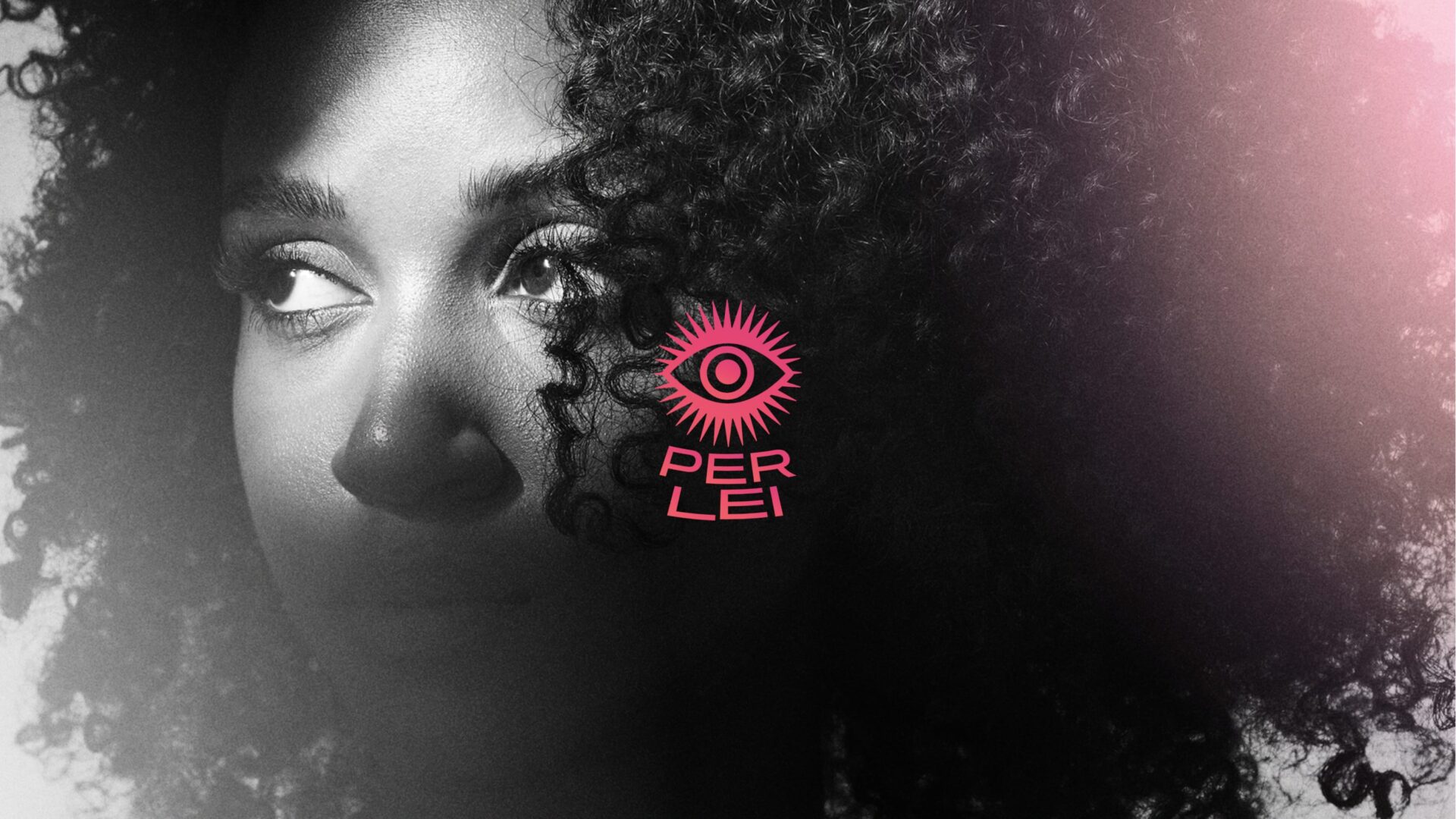
Innovation, design, and concepts: a guide to best practices
When it comes to technology and design, innovation is not just a buzzword; it’s a necessity.
Whether you’re a startup founder, a product manager, or a designer, understanding and implementing best practices in innovation, concepts, and design can set you apart from the competition.
As Steve Jobs once said, “Innovation distinguishes between a leader and a follower.” This quote encapsulates the essence of why innovation is crucial in today’s competitive market.
But how do you foster innovation? What are the best practices that can guide you in creating products that not only solve problems but also delight users?
Cultivating taste
The first step in creating an innovative product is cultivating a refined sense of taste.
As Sachin Rekhi suggests, immersing yourself in critically acclaimed works in your field can help you develop a keen understanding of what makes a product great.
Whether it’s studying Apple Design Award winners or diving deep into top-rated apps, this practice can significantly improve your design skills.
“Taste is a result of a thousand distastements.”
François Truffaut
Time for innovation
Innovation doesn’t happen in a vacuum; it requires time and space.
According to a PMI Community blog post, only one in four organizations dedicate time for innovative thinking or ideation. Hosting creativity labs or hackathons can be an excellent way to foster innovation within your team.
Data-driven decisions
“In God we trust; all others bring data,” said W. Edwards Deming, emphasizing the importance of data in decision-making. True innovation is customer-driven.
Using user data to inform project decisions can help you avoid making choices based on assumptions or emotions.
Design thinking
Design thinking is not just a methodology but a mindset. It involves understanding how customers experience your product and optimizing design aspects accordingly.
Yuri Zaitsev’s lab exercise at the ProductCraft Conference suggests that thinking beyond traditional solutions can lead to unique and lasting products.
Collaboration
Collaboration between designers and product managers can lead to more productive discussions and better decision-making.
Designers should be proactive in visualizing ideas through prototypes, mockups, or wireframes. This not only helps in aligning the team but also in avoiding the pitfalls of building something that’s not needed.
Inclusive design
Innovation should be inclusive. Employing “inclusive innovation ambassadors” can help in identifying and asking about inclusive design aspects. This ensures that your product is not only innovative but also ethical and inclusive.
Innovation, concepts, and design are interlinked facets that require a holistic approach for successful product development. By implementing these best practices, you can create products that are not only innovative but also user-centric and inclusive.
“You can’t use up creativity. The more you use, the more you have.”
Maya Angelou
By embracing these best practices, you’re not just following a trend; you’re setting yourself up as a leader in the field of innovation, concepts, and design.
Also read Strong leadership in product development: the path to innovation


